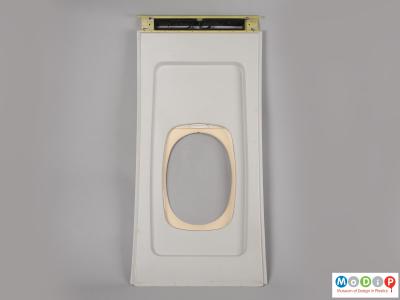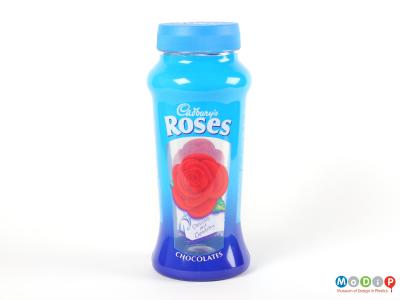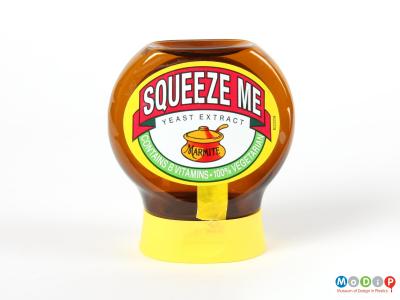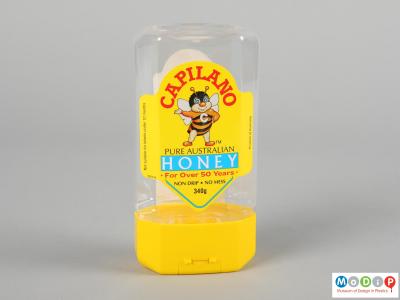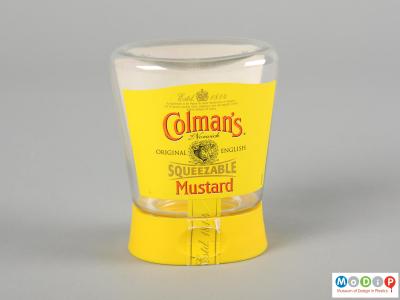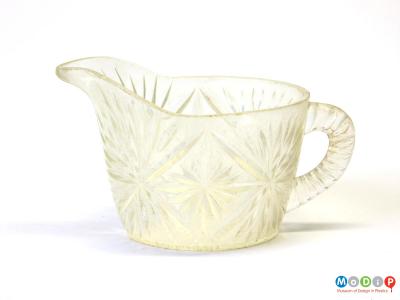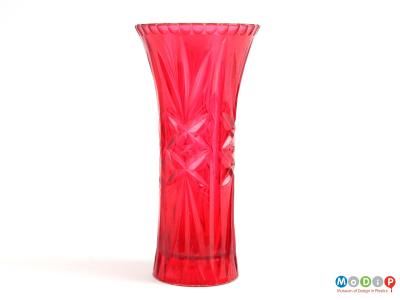The lightness of plastics often features as one of the benefits of its substitution for other materials. This is especially the case with glass in such diverse uses as aeroplane windows, bottles and jars, drinking glasses and eye glasses.
Acrylic, which has better optical qualities than glass, has always been used for windows in commercial aeroplanes. A lighter plane uses less fuel and is therefore commercially more competitive. The example shown (1) is from a Trident designed by de Havilland in the 1950s and made by Hawker Siddeley Aviation. It made its maiden flight in 1962 and was in service for a number of years with BEA (British European Airways).
Equally, plastic bottles and jars (2) use less fuel than their glass equivalents to transport their contents to the shops and from the shops to people's homes. They were introduced in 1947 but were relatively expensive until the 1960s when high density polyethylene was developed. Capable of being rigid or flexible, plastic containers are also more versatile than glass ones, for example they can be designed so that their contents can be squeezed out (3 - 5).
Lightness can also be an advantage in respect of drinking glasses (6 - 8), especially for picnics. However, even more important is the fact that plastic glasses are much less prone to break. Acrylic, as used in the 1960s lampshade (9), is the plastic that most resembles glass in optical qualities and sparkle. The larger jug (10) shows how successfully also it can imitate the effect of cut glass. However, as shown by the smaller jug (11) dating from the 1930s, acrylic discolours and scratches over time. Polycarbonate, the material of this glass (12), is much tougher and, therefore, better if the glasses are to be washed by machine. It will show no signs of wear after 500+ glass washer cycles. Polystyrene is more brittle but has also been used to imitate cut glass as demonstrated by the injection moulded linked prism specimen (13) dating from the 1940s and the cream (14) and ruby red (15) from the 1950s and 1960s respectively.
Plastic eyeglasses (15) are usually made from allyl diglycol carbonate monomer, better known by the trade name CR-39, introduced in 1945. It is half the weight of glass, does not shatter, and has optical qualities that compete with those of glass. It also has high abrasion resistance. Only 1% of eyeglasses made in the UK today are made from glass, the material from which they take their name.

